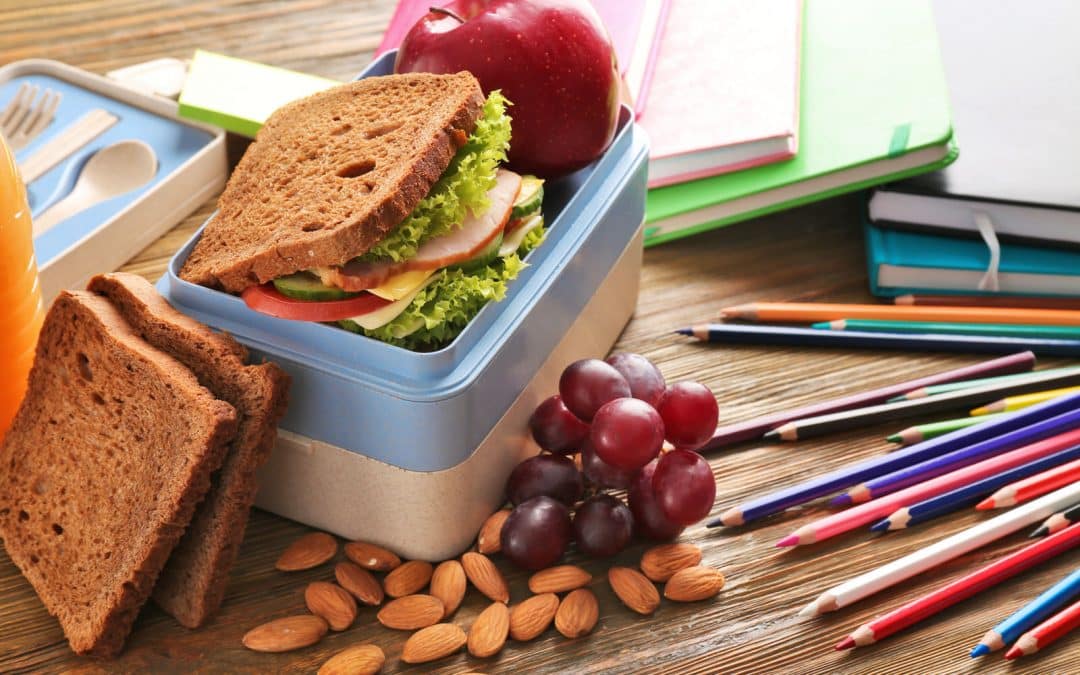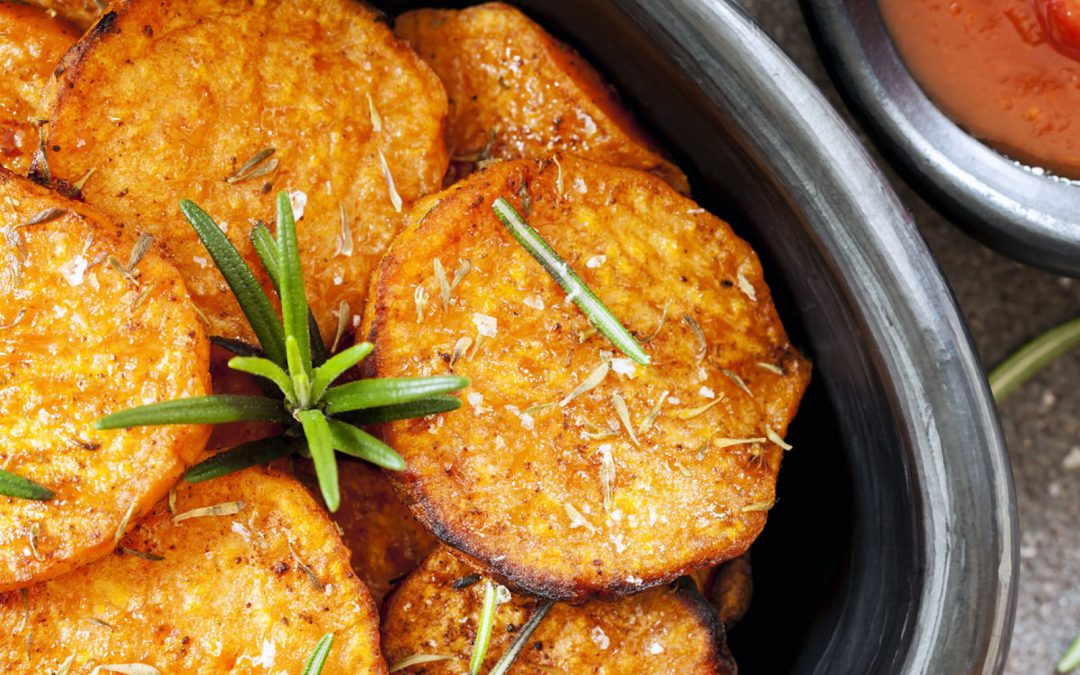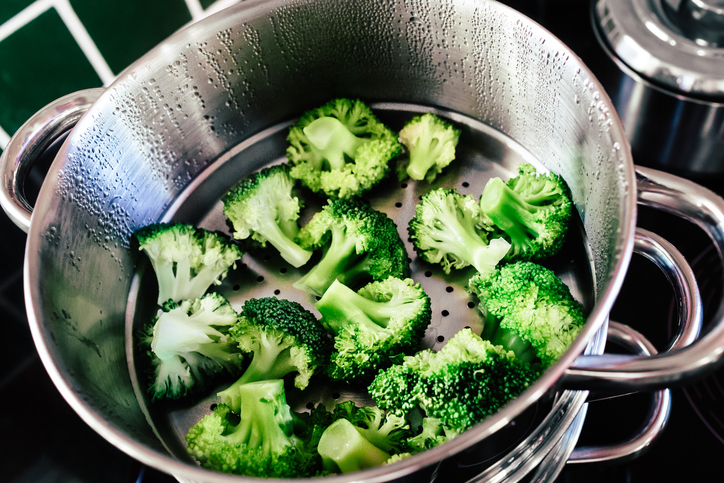
Robins Posts, Simple Solutions
Instead of focusing on calories or carbs this new decade, we may need to look at the smaller picture-minerals!! Magnesium is one of the top nutrient deficiencies, as it is found in about 80% of adults. It is found in our bodies in our bones, muscles, soft tissues and...

General Nutrition, Recipes, Simple Solutions
Here we go again! The long, hot, lazy days of summer are coming to an end, and that means back to class, routine, crazy schedules, sports, carpool, and…packing countless lunches and snacks for school. I must admit that I did NOT miss this prep work these...

Recipes, Simple Solutions
Carbs seem to have a bad reputation lately, but there IS such a thing as a good carb: a sweet potato is one of them! The orange-colored flesh of sweet potatoes is packed with health-promoting beta-carotene, which is converted in our bodies to Vitamin A. Vitamin A...





